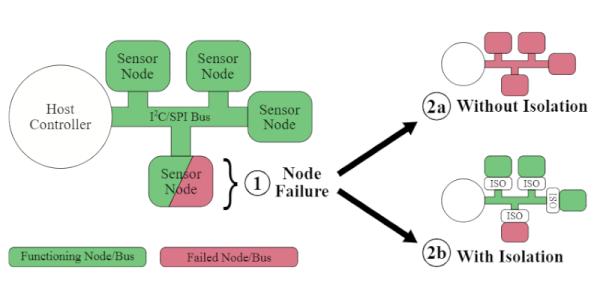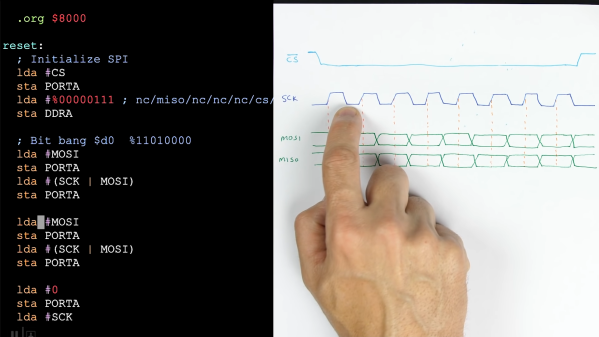Halloween is looming, and [Jonathan Gleich] decided that an ideal centerpiece would be a flame-spitting dragon’s head. It started with an economical wall-mount dragon’s head, combined with a variety of off-the-shelf components to become something greater.

The fire comes from a kind of propane torch sold as a weed killer set, which looks a little like a miniature tiger torch. The flow of propane is limited by a regulator (which keeps the flame short and fixed), and controlled with a gas-rated 12 V solenoid valve. Ignition is done with the help of a spark igniter that fires up on demand, fed by a high-voltage ignition coil. The two combine at the Dragon’s mouth, where the flame originates, but the electrical components are otherwise isolated from the gas elements as much as possible.
The dragon head is made of acrylic, and if exposed to enough heat acrylic will first melt, then burn. To help avoid a meltdown, the dragon breathes fire only intermittently. [Jonathan] also gave the mouth area a heat-resistant barrier made from generous layers of flame-blocking mortar and sealants from the hardware store. The finishing touch comes in the form of bright red LEDs in the eyes, which give the head a bit more life.
Watch the ignitor in action and see the head spewing flames in the two short videos embedded below. The head should make for some good pictures come Halloween, and is a good example of how repurposing off-the-shelf items can sometimes be just what is needed for a project.
Interested in something smaller, but still fiery? Check out this pet fire-breathing dragon project for all your robotic animal companion needs. Continue reading “Flame-Spitting Dragon Head Heats Up Halloween”



















